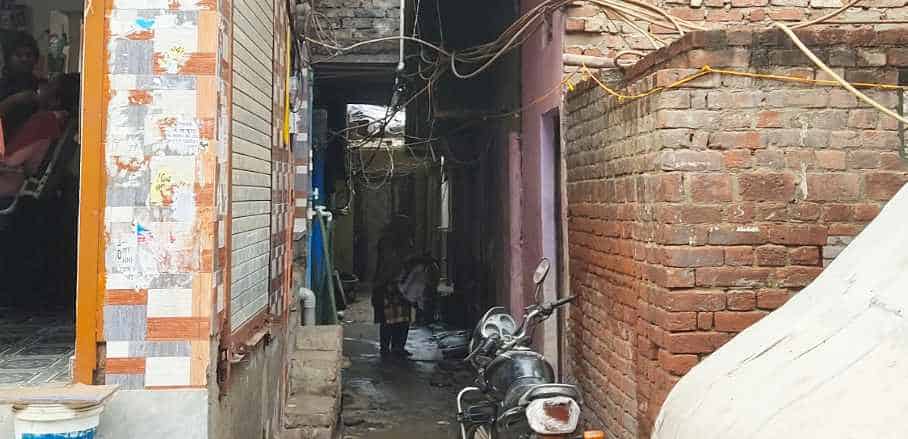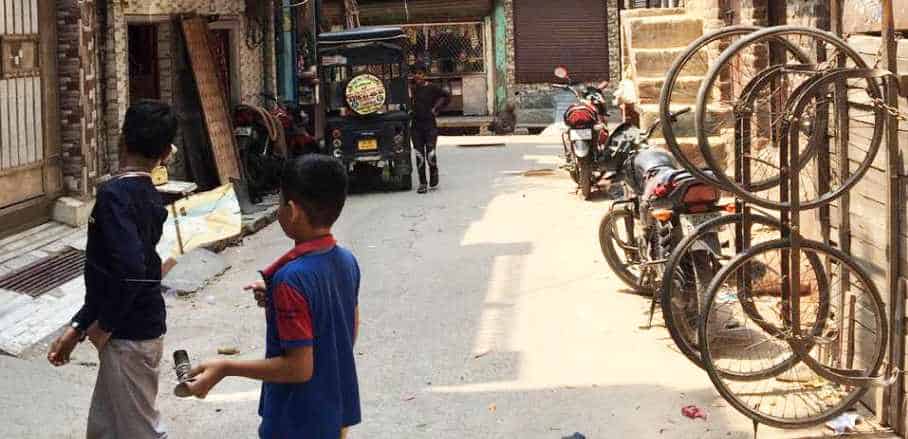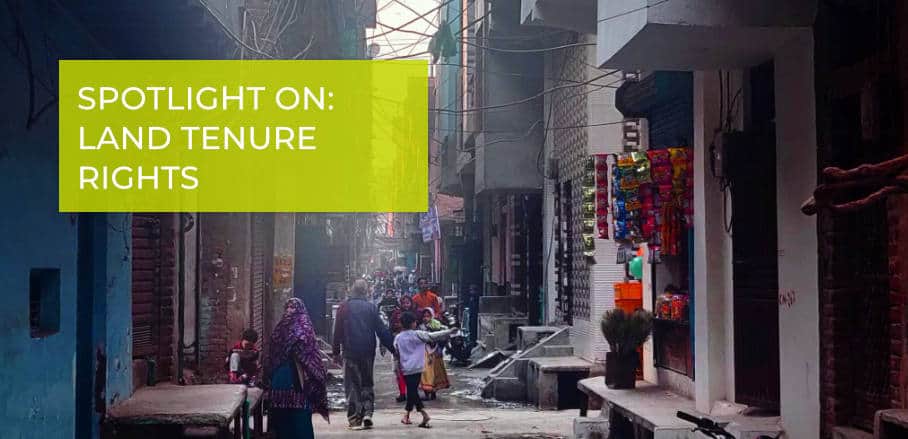Regularising Unauthorised Colonies in Delhi: Well-Intended but Not Enough
A recent regularisation scheme promises to improve the tenure security of about 5 million Delhi residents. But how inclusive is the scheme and does it keep pace with the realities on the ground? Sukrit Nagpal, Smriti Singh and Sonal Sharma from SEWA Bharat take a critical look.
Between the 1960s and the early 2000s, Delhi witnessed multiple regularisation drives of Unauthorised Colonies (UACs). UACs are a specific form of unplanned housing – built on land which is either not zoned for residential purposes or does not fall under the ambit of the development area of the city’s master plan. Typically coinciding with elections, residents are cajoled with the promise of regularisation, as it grants legal status by recognising property titles as well as rights to sell and transfer, to mortgage, to seek housing finance, and to pursue improved infrastructure services.
In the run up to the Delhi state elections in February 2020, a regularisation scheme yet again took centre-stage. The central ruling party’s initiative “Pradhan Mantri – Unauthorised Colonies in Delhi Awas Yojana”, in short “PM – UDAY”, promised to regularise Delhi’s 1,731 UACs that were eligible for the scheme. These are inhabited by approximately 50 lakhs (5 million) lower and middle-class residents, totalling about 30 per cent of Delhi’s population. The scheme is implemented through the Delhi Development Authority (DDA), the city’s planning authority, and is supported uniquely by parliamentary legislation.
Despite the coveted opportunity to obtain full ownership rights, data indicates a lacklustre response. Of the tentative 12.5 lakh (1.25 million) households, only about 3.9 lakh (390 thousand) have registered on the portal. Of these, a little over 1 per cent have received their property titles. What has caused a legitimate, well-intended effort to secure tenure to stumble this way?

Streets with electric wiring in Rajeev Nagar, Delhi © SEWA Bharat
A Homogenous Approach for Heterogeneous Settlements
Firstly, PM-UDAY’s short-sighted approach and its linear mechanisms fail to account for the heterogeneity of UACs and its citizens. The colonies differ in various ways: They are composed of varied socio-economic groups and occupations and deviate in size, spread and form of settlement, in political representation as well as land ownership of its residents. That apart, residents that have a higher sense of perceived tenure security are less willing to apply for the scheme. Over time, many UACs have seen a generational shift. Newer buyers and tenants are often unaware of the history of efforts by first-generation residents for ownership rights, hence the fear of eviction in many of these settlements is relatively low.
Another notable example of socio-political circumstances affecting the tenure security of UAC residents is the recent Citizenship Amendment Act (CAA), and the subsequent Delhi riots, which have spurred fear and uncertainty, especially amongst Muslim residents who now hesitate to disclose property-related details. The lack of trust has led many residents to refrain from applying under the PM-UDAY scheme.
Regularisation Without Service Provision
Furthermore, in the absence of both services and plans for provisioning, many residents may ask what good this scheme will bring. Indeed, the connection between regularisation and service delivery has been recognised by the Supreme Court (SC) of India. In 2006, the SC had directed that in case state authorities are not able to provide basic services, there shall be no regularisation of UACs. Thereby, the burden lies on governments to ensure that the regularisation processes encompass not just the juridical but also the material regularisation of UACs, such as upgrading the area in terms of public infrastructure. PM-UDAY not only bypasses these legal directions, but also fails to mandate the provisioning of infrastructure services after the conferment of ownership rights, which excerbates the hesitation of many residents to apply for the scheme.
Moreover, as multiple central, state, local, parastatal and private agencies function in these areas, overlaps in functioning and reduced accountability are common consequences. Zimmer comments that in UACs, “upgrading often happens in a piecemeal, unequal, and haphazard manner through a variety of funds and channels”. That service provisioning is a deeply political exercise is evident in the variety of schemes that are launched as a precursor to elections. These however do not provide long term-solutions to service delivery. The integration of service delivery and the building of accountable systems should be a focus area for the PM-UDAY.
Technological Barriers and Lacking Support Systems
Indeed, there seems to be a lack of awareness, inability as well as disinterest in engaging with the scheme. Despite its intentions, policy makers seem to have forgotten about the prevalent realities in the majority of UACs, which are often low-income settlements home to residents with limited education, and technological proficiencies. Aside from an application fee, the fact that applications can only be made online on a portal available only in English, as opposed to a bilingual form, automatically excludes many residents from participating.

A lane in Rajeev Nagar, Delhi © SEWA Bharat
Besides, while most residents have mobile phones, compulsory requirements such as providing an email address, add to the difficulties. Common queries such as incomplete and flawed property documentation, as well as multiple claimants for the same property, often arise across these UACs. DDA help desks are few in number and many have been shut down due to the pandemic. These barriers force residents to approach local internet cafes and middlemen who charge hefty amounts for applications. Unfortunately, the PM-UDAY does not recognise these on-the-ground realities.
While the scheme creates a facilitating role for the Resident Welfare Associations (RWAs), these are often inactive and do not necessarily exist in all UACs. RWAs can also be caste-based and politically affiliated, thereby restricting space and representation for certain sections of society, especially poor informal sector workers and women. Recognising the heterogeneity of UACs requires collaboration with other stakeholders who play active roles in these settlements.
Way Forward
To increase the scheme’s uptake, additional awareness sessions and technical support are required. Government facilitation centres and help desks need to play a more enhanced role. However, the government cannot do this alone. The scheme should collaborate with different civil society organisations, local representatives, as well as religious organisations that can play an active role in awareness raising, trust building, as well as the implementation of the scheme. This is pivotal considering that many UACs are inhabited by poor, informal sector workers who do not benefit from fair representation and participation in decision-making processes.
Although well-intentioned, the PM-UDAY scheme is incomplete without integrating strategies and directions for basic infrastructure services. These requirements are non-negotiable, especially during a global health pandemic. Ensuring the effective incorporation of UACs in the mainstreaming of urban development, requires that the PM-UDAY synchronises with the upcoming Delhi Master Plan 2041.
